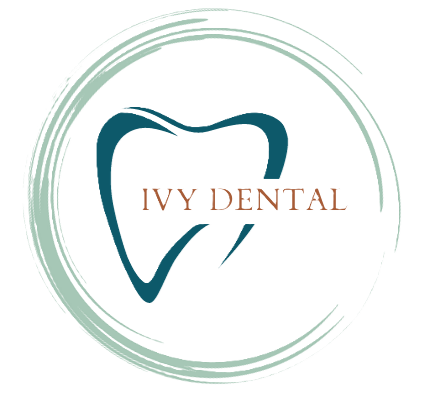
Extractions/Wisdom Teeth
Why get oral surgery?
While wisdom teeth removal is the most well-known type of oral surgery, there are many reasons why oral surgery may be required, including:
Repairing or treating serious conditions affecting a patient's teeth, palate, lips, jaw or face
Alleviating problems due to obstructed sleep apnea, infections or facial pain
Repairing maxillofacial damage caused by a serious accident or injury
What are some common oral surgeries performed?
Tooth Extraction
After the application of anesthesia, special tools are inserted between the tooth and gum surrounding the tooth. The tooth is moved back and forth within its socket (the bone that encases the tooth's root) until it separates from the ligament that holds the tooth in place. Sometimes a tooth is cut into small pieces (sectioned) before it is removed.
Impacted Tooth Extraction
The method for removing an impacted tooth will depend on how many roots it has and its location under your gum.
A gum tissue flap is created to access bone tissue, and a small opening is made in the bone that covers the impacted tooth. The impacted tooth is then cut into small pieces (sectioned) and removed through the opening. The gum tissue flap is then repositioned and sutured in place.
Wisdom Tooth Removal
Third molars, also called wisdom teeth, are the last set of permanent teeth to erupt in a person's mouth and are the ones least needed. Wisdom teeth can endanger a patient's dental health when:
They erupt through your gum, but your jaw is too small to hold them. As a result, they force other teeth out of alignment and can damage your bite.
They do not erupt through your gum and are not in a normal position. As a result, they crowd the roots of other teeth, force them out of alignment, and can damage your bite.
When your jaw is too small to accommodate normal wisdom teeth, it is common for gum or jaw discomfort and swelling to occur. In addition, there is a greater risk of developing gum (periodontal) disease.
Surgery to remove wisdom teeth is typically the best course of action. If a wisdom tooth has fully erupted through the gum, a standard tooth extraction is performed. If the tooth has not erupted through the gum, an impacted tooth extraction method is used.
Referral by Your Orthodontist
An open bite (space between the upper and lower teeth when the mouth is closed).
An unbalanced facial appearance from the front or side.
A facial injury or birth defect that affects the maxillofacial region.
A receding chin or protruding jaw.
A problem that causes lips to not meet without straining.
What is an oral surgeon?
Oral surgeons, also known as oral and maxillofacial surgeons, are qualified dentists who have completed an additional four years of specialized training. Their advanced education includes anesthesiology and the diagnosis and surgical treatment of defects, injuries and diseases of the mouth, jaw, teeth, neck, gums and other soft tissues of the head.
When are you referred to an oral surgeon?
Your dentist or specialist will refer you to an oral surgeon in many cases, including:
Referral by Your Dentist
An impacted tooth is diagnosed – when a permanent (adult) tooth has not yet erupted from the bone, but is moving into or pushing against an adjacent tooth.
A lesion, tumor or other tissue of the mouth or jaw requires biopsy or removal or if an oral cancer screening is necessary.
Corrective surgery to soft tissues or bones in the maxillofacial region is needed.
Diagnosis and treatment of infections in the maxillofacial region are needed.
Facial pain exists, including pain suspected from TMJ (Temporomandibular Joint Disease)
Obstructive sleep apnea is suspected.

